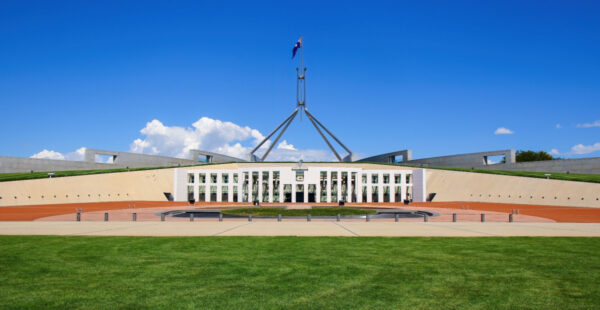Fee for service advice gives Australia top global ranking

Australia is one of the most cost-effective places for people to invest in part due to the removal of commission-based advice, according to a new analysis released by major research and ratings house, Morningstar.
The end result is that Australia has earned a top grade for “Fees and Expenses” based on practices such as investors paying for outside of commissions, banned front loads and low asset-weighted median expenses.
According to the Morningstar research, Australia’s asset-weighted median fees are 0.87%, 1.05% and 0.54% for allocation, equity, and fixed-income funds, respectively.
The findings, contained in Morningstar’s latest Fees and Expenses analysis, placed Australia at the top of the scorecard alongside the US and the Netherlands, while Italy and Tawan were placed at the bottom.
Commenting on the result, Morningstar’s Australian head of manager selection and a joint author of the report, Grant Kennaway said Australia’s fee-based financial advice and the dominance of the Independent Financial Adviser (IFA) had spurred demand for lower cost funds like passives as advisers had increasingly opted against costlier fund vehicles.
“Australian investors benefit from the effect of economies of scale and competition that is prevalent in a fund market underpinned by an ecosystem buoyed by compulsory superannuation savings,” he added.
However, Kennaway said that, outside low fees, the Australian retail investor experience is poor, when compared with global peers not least because of its portfolio disclosure laws which he said were outdated, and do not serve the interests of investors.
“Until recently, Australia was the only major fund market with no implemented portfolio holdings disclosure regime,” he said.“Put simply, Australian retail investors had no regulated right to know what securities (stocks and bonds) their investment and superannuation funds held in their portfolios.”
“Unfortunately, the government has recently introduced regulation that is a watered-down asset-allocation requirement, not true portfolio holdings disclosure that is prevalent globally.”
Kennaway said that the only asset class where portfolio disclosure really occurred was in the listed equity section.
“Listed equities holds many of the most well-regulated (lowest risk from a disclosure sense) assets on Earth and is the least problematic area for these regulations to focus upon,” he said.
“There is no way Australian investors can use the now required data for portfolio comparison, nor is there a way you could use this data to understand the true risks of a portfolio. Important, basic information, like does my managed fund have exposure to Russian bonds, is not required under the government’s current regulations”.
“Australia’s portfolios holdings disclosure regulations are retrograde and do not serve Australian investors’ best interest.”
Kennaway also claimed that Australian fund investors also suffer from a below average regulation and taxation framework when compared to global peers.
“While the Australian regulators have a long legacy of running well-functioning and efficient markets, that is not enough to get even an Average mark in an environment where many markets have made great strides in delivering regulation that encourages investors and adds more protections for them,” he said.











Maybe a class action against the ASIC/AFCA/CSLR and see what happens?
It's farcical. Filthy, disgusting, appalling and massively unfair. There is something truly wrong with our system, there really is. It…
Because the Government / ALP agenda is there won’t be an Adviser shortage when Industry Super Funds are allowed Uneducated,…
Exactly, ASIC not only failed to act on 10 years of at least 60 Adviser complaints against Dodgy Dixon’s. ASIC…
No I think AFCA are right, clients shouldn't bear capital market risks. IDIOTS! AFCA are so not fit for purpose.…